The world is abuzz with the transformative potential of Artificial Intelligence (AI). From self-driving cars to medical diagnosis, AI promises to revolutionize countless industries. Here at Cyber Bee, we’re at the forefront of software development, specializing in cutting-edge technologies like AI and blockchain.
Many companies are eager to leverage AI, but a common concern arises: AI Solution Cost. The truth? There’s no one-size-fits-all answer. This blog post dives deep to unveil the factors influencing AI development investment and explores strategies for implementing AI within budget.
How Much Does AI Cost in 2024? | AI Development Cost
The allure of AI is undeniable, but the question of cost often looms large for companies seeking to leverage its power. The truth? There’s no magic number. AI development expenses are a complex equation influenced by several factors, one of the most significant being the desired level of AI capability.
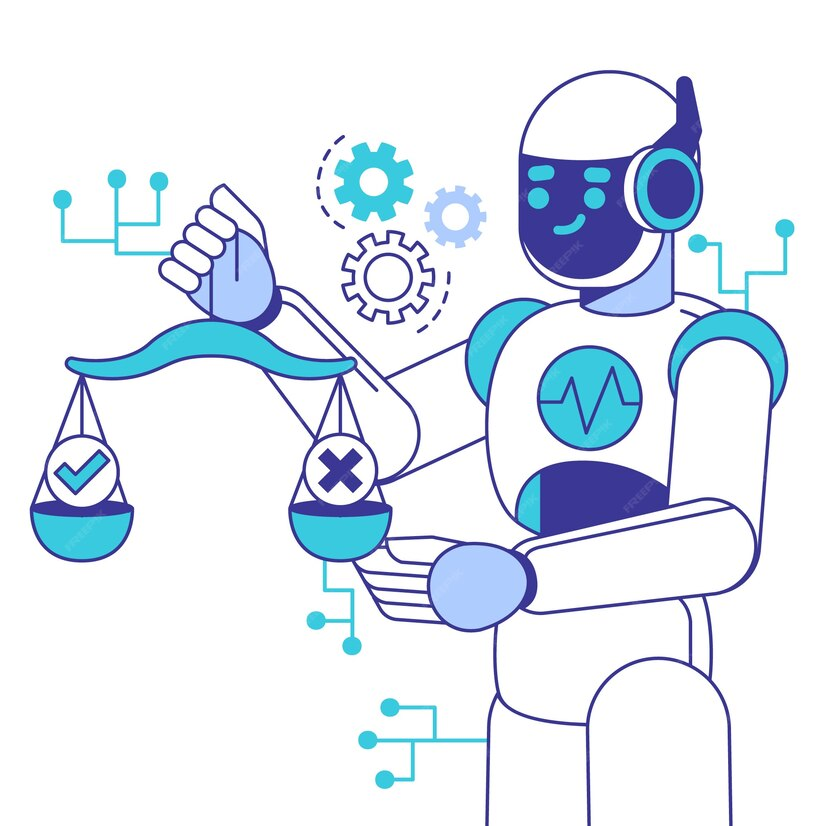
Source: Freepik
Understanding the Spectrum of AI Intelligence
Here’s a breakdown of different artificial intelligence categories and their complexity levels:
Artificial Narrow Intelligence (ANI):
These are the workhorses of the AI world, excelling at specific tasks like playing chess, image recognition, or spam filtering. They operate within a predefined scope and have limited learning capabilities. Developing ANI solutions typically requires less effort and resources compared to more complex AI types. (Low Complexity)
Machine Learning (ML):
A powerful subset of ANI, ML algorithms learn from data to improve performance on a specific task without explicit programming. This allows for more adaptability within the defined task compared to basic ANI. Building ML models requires expertise in data analysis and algorithm selection, increasing the project complexity and costs compared to ANI. (Medium Complexity)
Deep Learning (DL):
Considered the cutting edge of AI, Deep Learning utilizes artificial neural networks to learn complex patterns from massive datasets. This allows for capabilities like facial recognition, natural language processing, and even creative content generation. Developing DL solutions requires significant expertise, powerful computing resources, and large amounts of data, making them the most complex and expensive type of AI to implement. (High Complexity)
Complexity and Costs: A Direct Correlation
As you move up the spectrum of AI intelligence (ANI -> ML -> DL), the development complexity and costs naturally increase. Building a simple chatbot using ANI requires less development effort compared to a sophisticated facial recognition system that leverages Deep Learning.
Here’s how the chosen AI type influences development expenses:
- Project Complexity: The level of AI capability directly impacts the project’s complexity. Implementing ANI for a basic task requires less expertise and resources compared to developing a complex DL model.
- Data Acquisition and Preparation: ML and DL models rely heavily on large, high-quality datasets for training. Gathering and preparing this data adds to the overall cost, especially for complex DL applications.
- Development Team Expertise: Building a sophisticated AI solution necessitates a team with expertise in machine learning, data science, and potentially deep learning algorithms. This specialized skillset commands a premium compared to the development team requirements for simpler ANI applications.
Remember, the expense equation doesn’t stop at complexity. Other factors like development approach (off-the-shelf vs. custom), hardware and cloud infrastructure needs, and ongoing maintenance also play a role. However, understanding the spectrum of AI intelligence and its correlation with development complexity is a crucial first step in navigating the artificial intelligence cost landscape of cognitive solutions.
Data Acquisition and Preparation: The Fuel for AI
High-quality data is the lifeblood of any successful AI solution. Just like a powerful engine needs clean fuel to function optimally, AI models rely on meticulously prepared data to learn and make accurate predictions. This section dives into the critical processes of data acquisition and preparation, exploring the challenges and cost considerations involved.
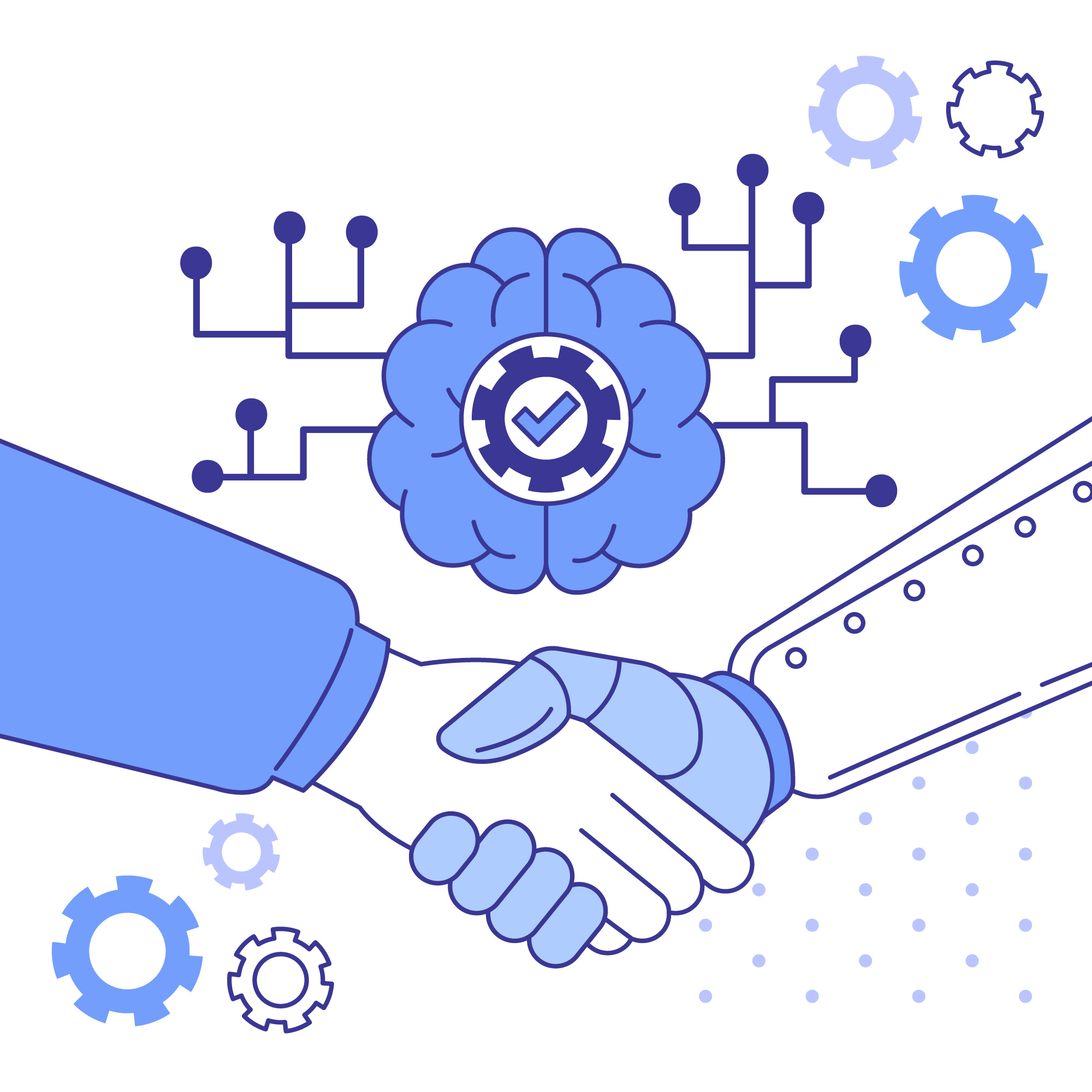
Source: Freepik
The Quest for the Right Data
The type and quality of data significantly impact the development expenses and performance of your AI solution. Here’s where the concept of “right data” comes into play:
- Structured vs. Unstructured Data:
Structured data like customer records or sensor readings is readily usable by AI models. However, a significant amount of valuable data resides in unstructured formats like text documents, images, or audio recordings. Extracting meaningful features from unstructured data requires additional processing and expertise, potentially increasing costs.
- Customer Data:
Leveraging customer data for AI solutions raises privacy concerns. Regulations like GDPR (General Data Protection Regulation) necessitate careful data collection practices and user consent, adding another layer of complexity and potentially impacting costs.
- Internal vs. External Data:
Do you have the necessary data readily available within your organization (internal data), or will you need to acquire it from external sources (new data)? External data acquisition can be expensive, especially if it requires licensing or scraping from third-party platforms.
Data Processing: Transforming Raw Material into AI Fuel
Once you’ve identified the right data sources, the heavy lifting of data processing begins. This stage involves cleaning, transforming, and organizing the raw data into a format suitable for AI model training. Here’s a glimpse into the complexities:
- Missing Values:
Real-world data often contains missing values or inconsistencies. Addressing these missing entries requires data imputation techniques, which can be time-consuming and resource-intensive.
- Data Labeling:
Supervised learning models require labeled data, where each data point has a corresponding classification or value. Depending on the complexity of your AI solution, labeling large datasets can be a manual and expensive endeavor.
- Feature Engineering:
Extracting relevant features from the raw data is crucial for effective model training. This process often involves data scientists with expertise in feature selection and transformation techniques.
Big Data Considerations:
For Deep Learning and other complex AI applications, the sheer volume of data involved can be categorized as “big data.” Processing and storing big data sets necessitates powerful computing resources and cloud-based infrastructure, adding to the overall cost of AI project.
Own Data vs. New Data:
The cost of data acquisition also depends on whether you have existing internal data at your disposal or need to acquire new data from external sources. Leveraging existing data can be a cost-effective option, but it might not always be sufficient for the desired AI solution. Acquiring new data can be expensive, especially if it requires specific licensing or scraping techniques.
By understanding these data acquisition and preparation challenges, you can make informed decisions about data sourcing, processing strategies, and resource allocation. Remember, investing in high-quality data upfront can significantly improve the performance and return on investment (ROI) of your AI-powered tool.
The Financial Cost of AI Solutions in Healthcare – A Comprehensive Guide for 2024 (400 words)
The healthcare industry is at the forefront of AI adoption, leveraging its potential to revolutionize diagnosis, treatment, and patient care. However, implementing AI in healthcare comes with unique cost considerations beyond typical AI development. Let’s delve into the factors influencing the financial landscape of healthcare cognitive solutions.
AI Software Development Cost in Healthcare
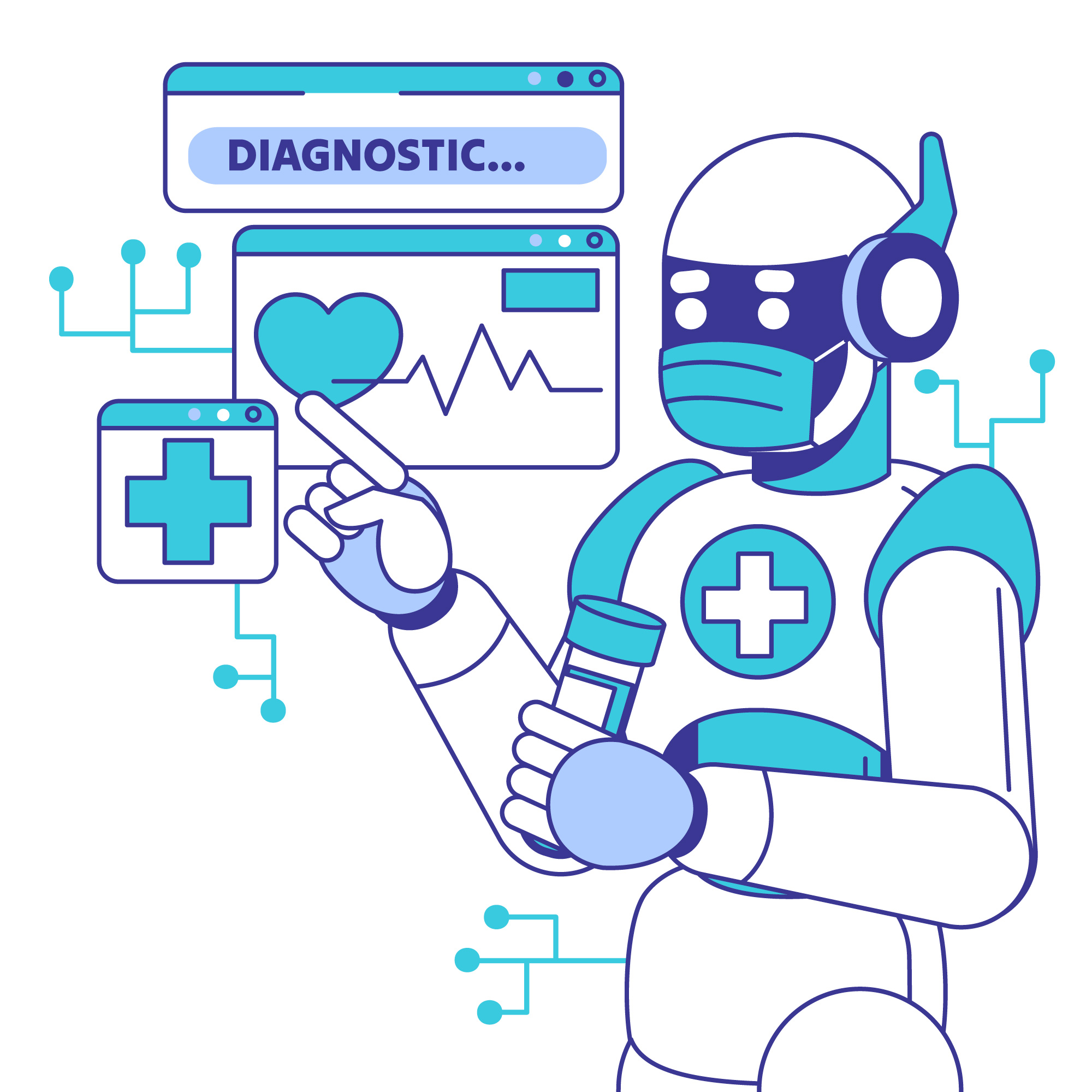
Source: Freepik
Healthcare data is highly sensitive, and AI solutions must comply with stringent regulations like HIPAA (Health Insurance Portability and Accountability Act) and others governing data privacy. Ensuring compliance requires additional resources for legal expertise and secure data storage practices.
- High Stakes: Unlike other industries, healthcare AI, particularly machine learning-powered applications, deal with life-changing decisions. The accuracy of these AI-powered diagnoses and treatments is paramount, necessitating rigorous testing and validation before deployment. This thoroughness adds to the development expenses compared to less critical applications.
- Integration Challenges: Existing healthcare IT infrastructure can be a complex web of systems. Integrating AI solutions smoothly requires additional resources to ensure compatibility and data exchange between the new AI system and the existing infrastructure.
Cost Estimates for Healthcare AI Applications
The artificial intelligence cost in healthcare varies depending on project complexity, data requirements, and the chosen approach. Here’s a breakdown of two common options:
- Pre-built Solutions: For less complex needs, utilizing pre-built artificial intelligence solutions or APIs offers a cost-effective alternative to custom development. These pre-built options generally have a lower upfront cost but may have limitations in customization.
- Custom AI Development: For tackling intricate healthcare challenges, custom AI development might be necessary. This approach allows for complete control over the AI model and its functionalities but typically requires a larger investment in time, resources, and expertise.
Sample Application Costs:
Here are some general cost ranges for common healthcare AI applications to provide a more concrete picture:
- Medical Imaging Analysis: AI system can analyze medical scans with high accuracy, aiding in early disease detection and treatment planning. The development cost for such solutions can range from $50,000 to over $150,000, depending on the type of image analysis (e.g., X-ray, MRI). Complexity plays a significant role here.
- Virtual Assistants for Patient Care: AI-driven Patient Engagement Tools offer 24/7 support to patients, answering questions, scheduling appointments, and providing medication reminders. Development costs for these applications can range from $20,000 to $100,000, with the complexity of functionalities and level of patient interaction impacting the final cost of AI and entire project.
Key Takeaways:
- The cost of healthcare AI project is not a one-size-fits-all answer.
- Pre-built solutions offer affordability, while custom development provides greater control.
- Complexity of AI algorithms heavily influences the overall investment.
Understanding AI cost considerations empowers healthcare institutions to make informed decisions about implementing AI solutions. By carefully weighing the benefits against the financial investment, healthcare providers can unlock the transformative potential of AI while ensuring patient safety and data privacy.
Artificial Intelligence App Development Cost in 2024: Powering the Future in Your Pocket
Mobile applications are transforming how we interact with the world, and AI is poised to take this a step further. Imagine an AI-powered app that personalizes your shopping experience, offers real-time language translation while traveling, or even helps diagnose skin conditions. The possibilities are endless, but the cost? Let’s explore the factors influencing the development cost of AI-powered mobile apps.
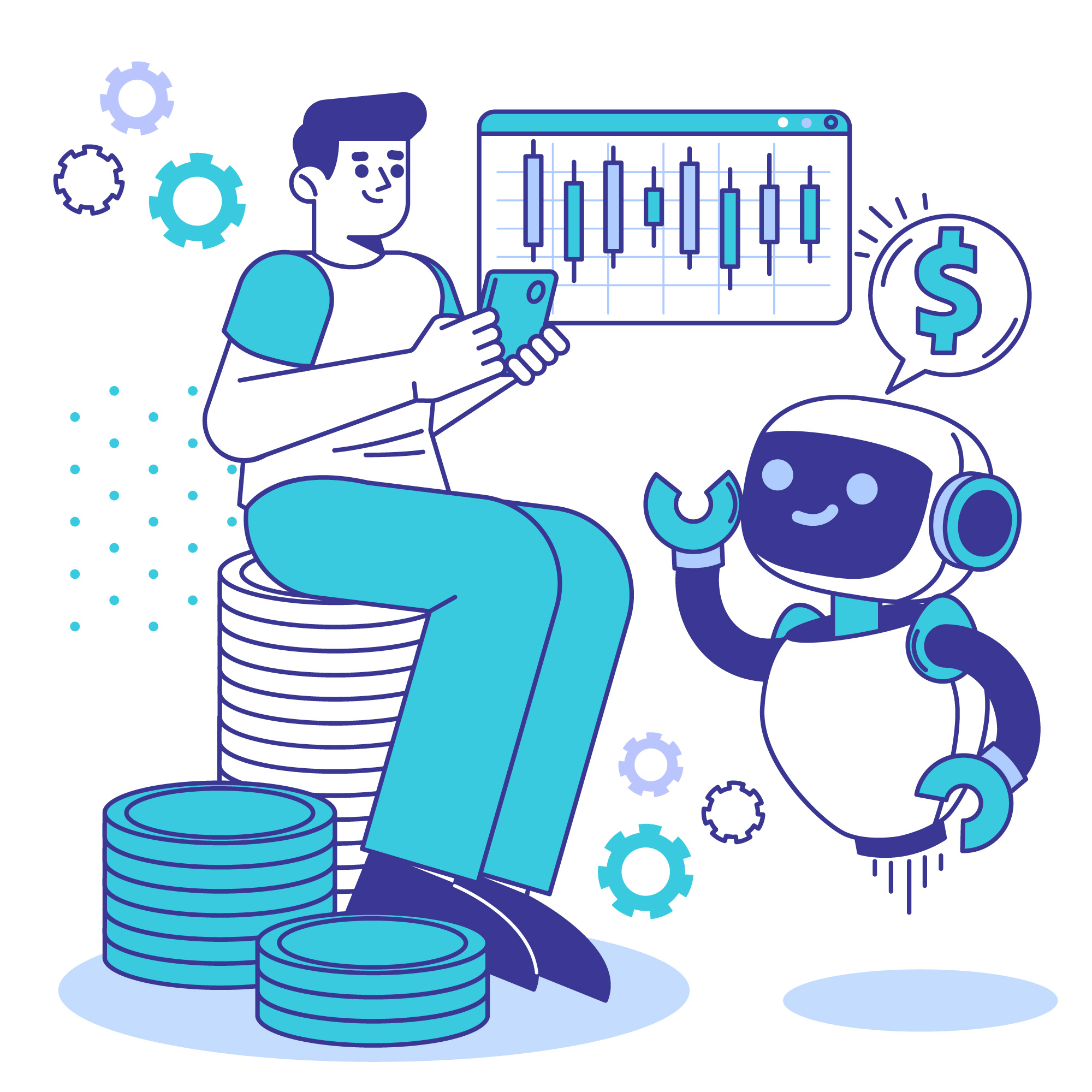
Sorce:Freepik
The AI Solution Complexity Equation: Features and Functionalities
Just like any mobile app, AI applications come in a range of complexities. A simple fitness tracker app with basic activity recognition using artificial intelligence will naturally cost less to develop compared to a sophisticated language translation app that requires real-time conversation capabilities. The more features and functionalities your AI app offers, the more development resources are required, translating to a higher cost.
Targeting the Right Platform: iOS vs. Android
The decision to develop for one or both major mobile platforms (iOS and Android) also influences cost of AI. Developing for a single platform allows for a more streamlined process. However, targeting both iOS and Android necessitates creating and maintaining separate codebases, potentially doubling the development effort and cost.
Beyond Development: The Ongoing Journey
It’s important to remember that AI-powered apps are not static products. They require ongoing maintenance and updates to ensure optimal performance, improve user experience, and address potential security vulnerabilities. Factor in these ongoing costs when budgeting for your AI mobile app development project.
By understanding these factors, you can make informed decisions about the features, functionalities, and targeted platforms for your AI app. While the initial development cost might seem significant, the potential return on investment (ROI) from a successful AI mobile app can be substantial.
Implement AI in Your Business Without Burning a Hole in Your Pocket
The transformative power of artificial intelligence is undeniable, but budget concerns can often be a hurdle. The good news? There are numerous strategies to implement AI technology in your business without breaking the bank. Let’s explore some practical approaches to make AI algorithms adoption an affordable reality.
Smart Steps to Cost-Effective AI Implementation
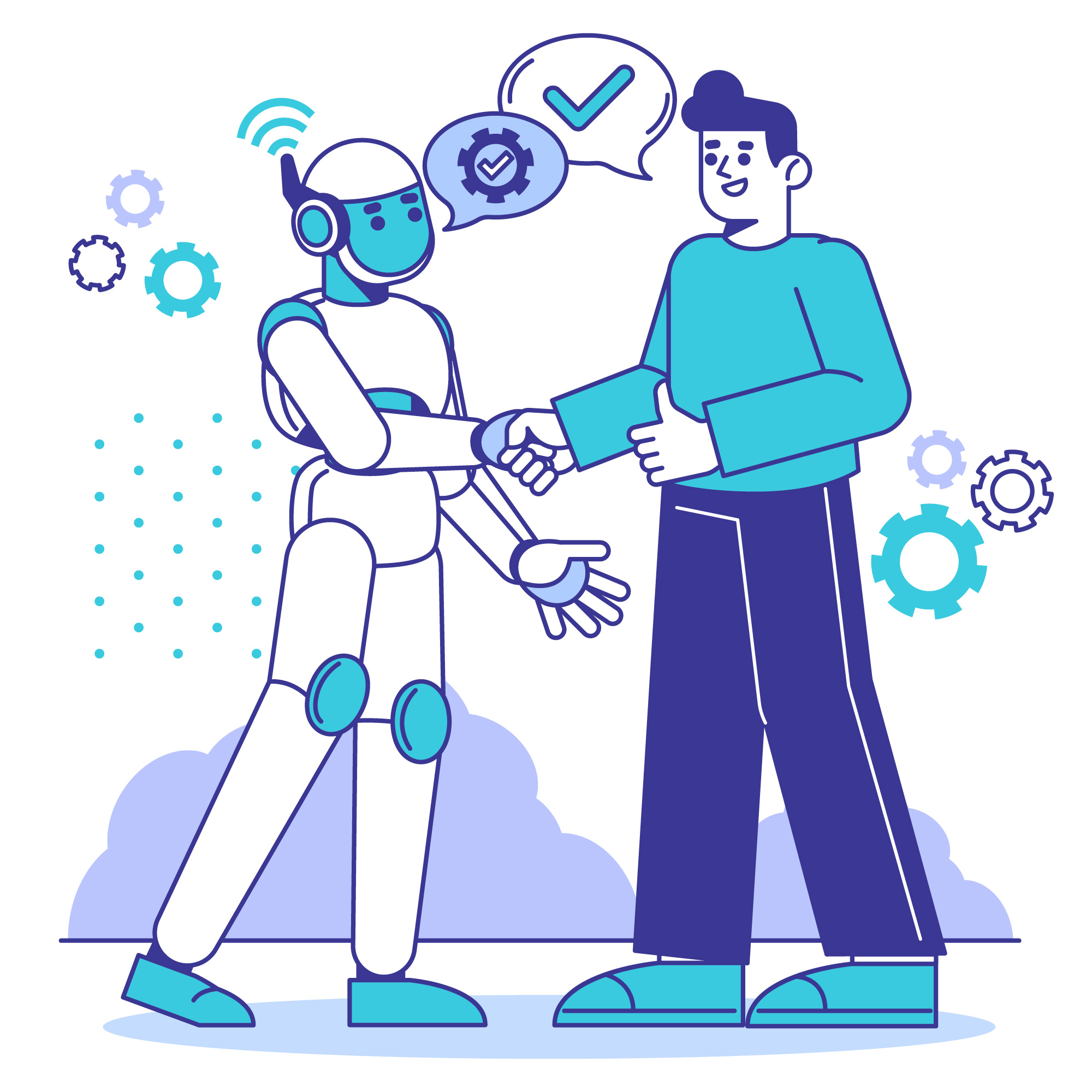
Source: Freepik
1. Start Small and Scale Up:
Don’t dive headfirst into a complex AI project. Begin with a pilot project focused on a specific, well-defined task. This allows you to test the waters of AI technology`, gain valuable insights, and refine your approach before scaling up to larger initiatives.
2. Leverage Pre-Built Solutions and APIs:
The world of AI software is teeming with pre-built solutions and Application Programming Interfaces (APIs) catering to various functionalities. These off-the-shelf options can be a cost-effective way to integrate specific AI capabilities into your existing systems or applications.
3. Embrace Cloud-Based AI Platforms:
Cloud platforms offer on-demand access to powerful computing resources and pre-configured artificial intelligence services. This allows you to pay-as-you-go for the processing power and storage needed for training and running your AI-powered tool, eliminating the upfront cost of investing in your own hardware infrastructure.
4. Explore Open-Source AI Tools and Libraries:
The open-source community is constantly developing powerful AI tools and libraries. While these AI software may require some technical expertise to integrate, they can significantly reduce the initial development expenses for specific AI functionalities within your project.
5. Partner with AI Development Companies:
Partnering with AI Development Companies: If you lack the in-house expertise to develop your AI solution, partnering with a qualified AI development company can be a smart move. This allows you to leverage their experience and resources while avoiding the cost of building an internal AI development team. Consider the insights from our previous article on “On How to Outsource Software Development” to guide your selection process when choosing an AI development partner.
Remember, a successful AI implementation strategy goes beyond just cost. Choose a solution partner who aligns with your business goals and offers ongoing support to ensure your artificial intelligence solution delivers the desired results.
Demystifying Artificial Intelligence Cost: Charting Your Course Forward
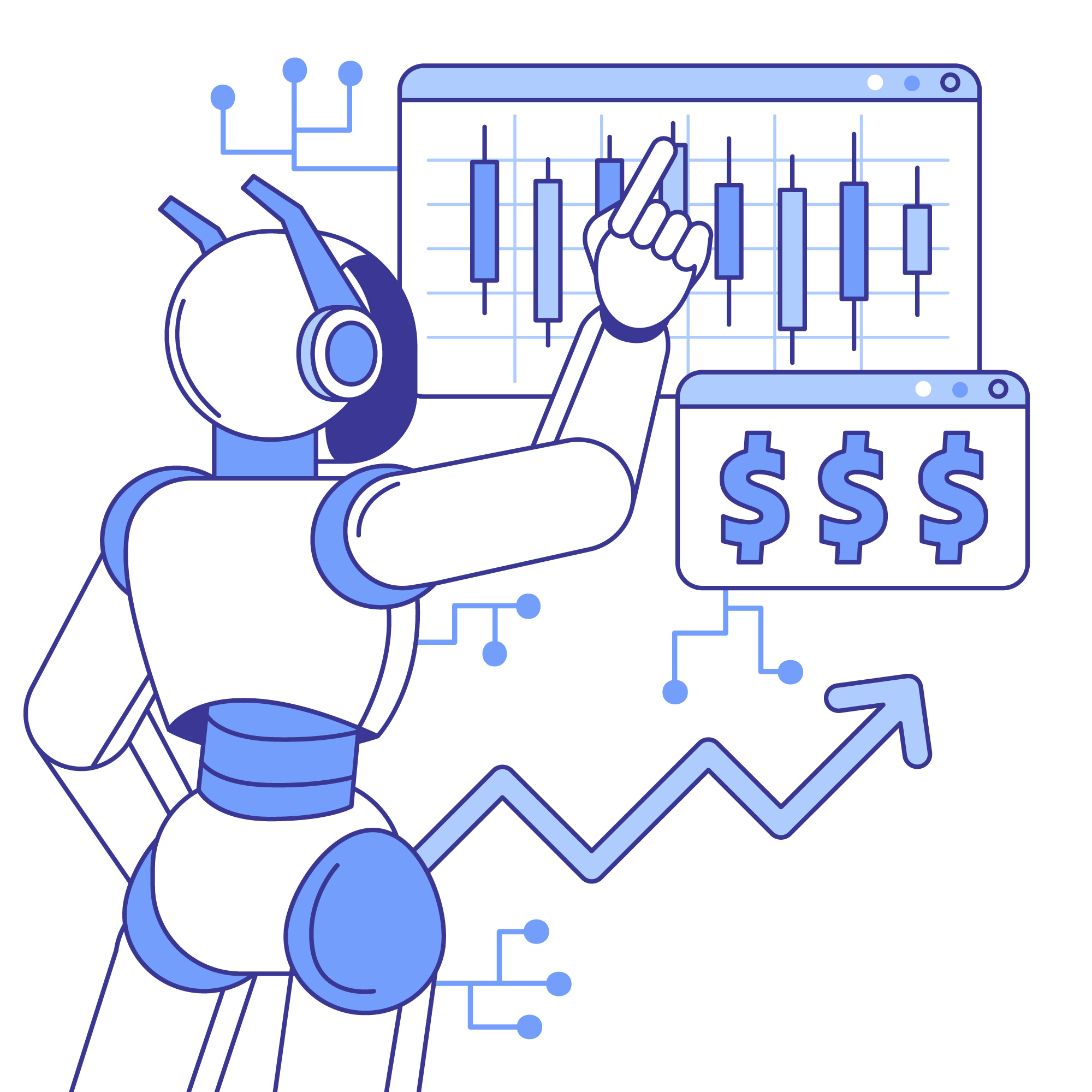
Source: Freepik
The journey into AI can be exciting, but navigating the cost landscape can feel daunting. This blog post has shed light on the key factors influencing AI software development investment, from project complexity and team expertise to data needs and chosen development approach. We explored the unique cost considerations in healthcare AI systems and the factors impacting the development cost of AI mobile applications.
At Cyber Bee, we understand the importance of cost-effectiveness. Our team of experts is dedicated to crafting AI solutions that deliver impactful results while staying mindful of your budget. We leverage innovative strategies like pilot projects, pre-built solutions, and cloud platforms to ensure your AI investment yields a strong return.
Ready to unlock the potential of AI for your business? Contact Cyber Bee today for a free consultation. Let’s discuss your specific needs and budget, and chart a course towards an AI solution that propels your business forward. Visit our website at [insert website address] or reach out to us at [insert contact information] to get started!



